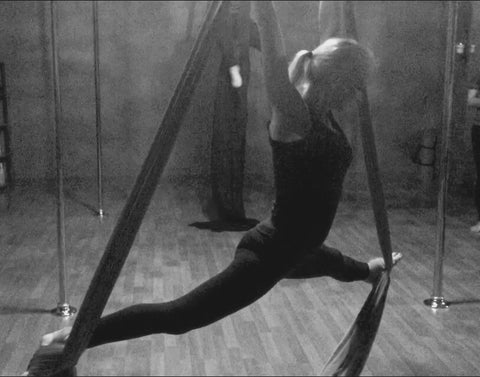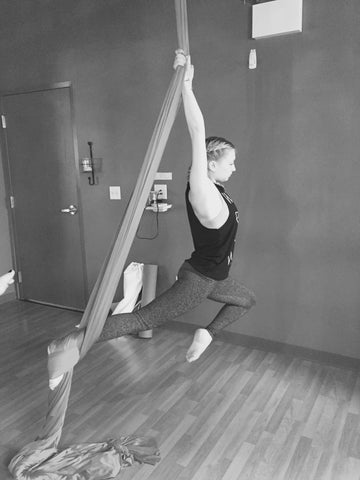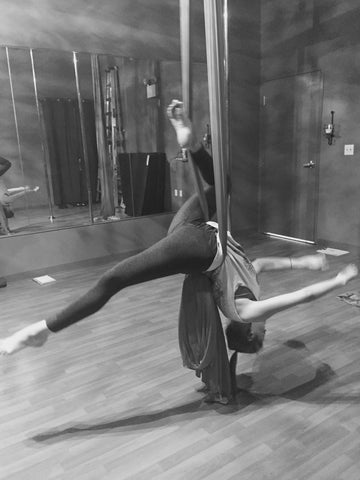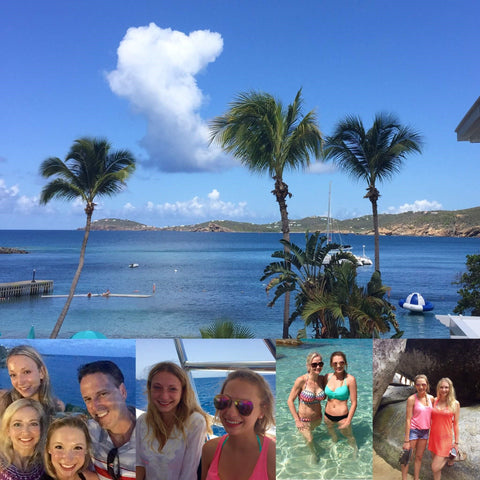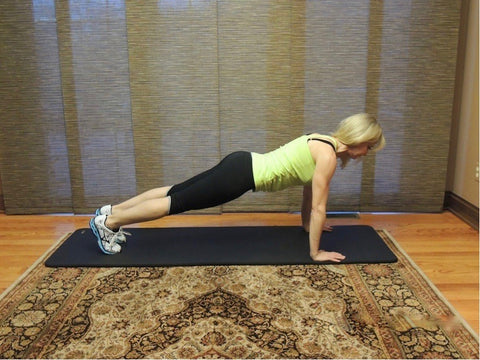Three Fitness Mistakes
by Angie Miller

Three Fitness Mistakes that Sabotage Our Best Efforts
The kids are back to school, the weather’s getting cooler, and we’re falling back into a fitness routine. Exercise is an investment of our time, and like any investment we want to get great results. Who doesn’t want to look and feel like they’re a walking testament to their hard work and efforts? Before you get started, check out these three fitness mistakes that even the best intentioned exercisers have been known to make. Knowledge is power, and the more you know the safer and more effective your approach, thus the better your results.
Three Mistakes to Avoid:
- Doing Too Much Too Soon- When I meet a new person at the gym, or overhear someone telling me that they’ve started to work out for the first time, the kiss of death is when they tell me, “I'm going to exercise every day until I get this weight off/feel better/can fit back into my clothes.” Personally, I’ve been exercising consistently for over 20 years and I still don’t exercise every day. Not only would I get burnt out, I wouldn’t get the results I’m looking for and more than likely I’d suffer a setback and get injured. More isn’t always more, and quality should always precede quantity. When you first start an exercise routine your body is on high alert and it’s ready and responsive. You’ll get a return on your investment up to a point. If you push yourself and do too much too soon, that’s overload on your body and your mind and it’s too much of a strain on your schedule.
Try This: Start small and work your way up from there. Two to three days a week is ideal. Thirty minute to one hour sessions and you’re good to go. Once you have that down pat for about six weeks, set a new goal. Add more time to your routine, or another day of the week, and before long exercise won’t be something you “have to do,” it will be a “habit” you can’t live without.
- Being Sucked into The Extreme Workout Mentality- Extreme workouts, the kind that promise great results in less time, where the workout is so “intense” that they claim you only need to do it for thirty minutes, are not for the novice exerciser (nor are they for me). Thirty minutes of sheer torture is going to feel like thirty hours, but one hour of something you enjoy will feel like it’s time well spent. Not only do we dread workouts that are beyond intense, they too lead to injury and burn out. After all, how motivating is it when you’re sore all the time and you dread your workouts?
Try This: Find a routine that will challenge your body and test your limits, but one that will make you feel successful. We don’t need extreme programs to get results. We need programs that make us feel like “we got this,” that encourage us to keep going. As long as we’re going, we’re getting closer and closer to where we ultimately want to be.
- Not Asking for Help- When we’re sick we go the doctor. When we need a haircut we head the hairdresser. When we have a toothache, need our taxes done, or want a massage, we always go to the experts. That said, why not seek the advice of a fitness expert, someone who knows their trade, who is educated, certified, credentialed, and experienced, when we want to care for our body and make it stronger and healthier? Whether it's quality fitness DVD’s, a certified trainer or instructor, there is plenty of good help out there. If you’re really serious about getting great results, and you want to get them safely and effectively, invest in good help. You only have one body, and of all the things to skimp on, it isn’t your health. If you do want to plan your own routine, be careful where you get your information. I’ve said this before, and I can’t emphasize it enough, “It’s the Wild West out there on the Internet and it seems that knowledge and credibility are determined by the number of followers and likes on social media sites rather than certifications, education, licensures, and degrees. While some social media savvy individuals may have a lot of exposure and visibility, that doesn’t always translate to knowledge, experience, and proper education. When you get your workout information from blogs, websites, and You Tube, check out that person’s credentials. If you can’t find them, take that as your first sign and run for the hills. Enough said.” Check out my blog, for more fitness, diet and workout mistakes you might be making:
Try This: If you are going to plan your own routine, check out how to do it in a way that’s supported by science. Check out my blog on How to Build an Exercise Program to Achieve My Goals: http://www.collagevideo.com/blogs/angies-corner/14852673-how-to-build-an-exercise-program-to-achieve-my-goals
Also, if you need some guidance on resistance training, check out my blog, Mix it up with Machines. Machines are safe and effective, and they give you the results you’re looking for without all the guesswork: http://www.collagevideo.com/blogs/angies-corner/16755708-mix-it-up-with-machines
Best to You in Health and Fitness~
Sincerely,
Angie Miller, M.S., is a fitness educator, university instructor, and Licensed Professional Counselor who blends her skills and expertise to empower individuals, mentally and physically, and provide them the tools they need to succeed. A veteran group exercise instructor and personal trainer, Angie is the star of acclaimed exercise DVD’s, including the Bedroom Body™ workout. Her passion for progressive education brought her to Northern Illinois University, where she teaches in the Dept. of Kinesiology & Physical Education. Outside of the university, she presents at fitness conventions worldwide and leads industry trainings as an AFAA Certification Specialist and Kettlebell Concepts Master Instructor. Angie writes for fitness journals and digital communities, and blogs for Collage Video. Connect with Angie at: http://www.angiemillerfitness.com




